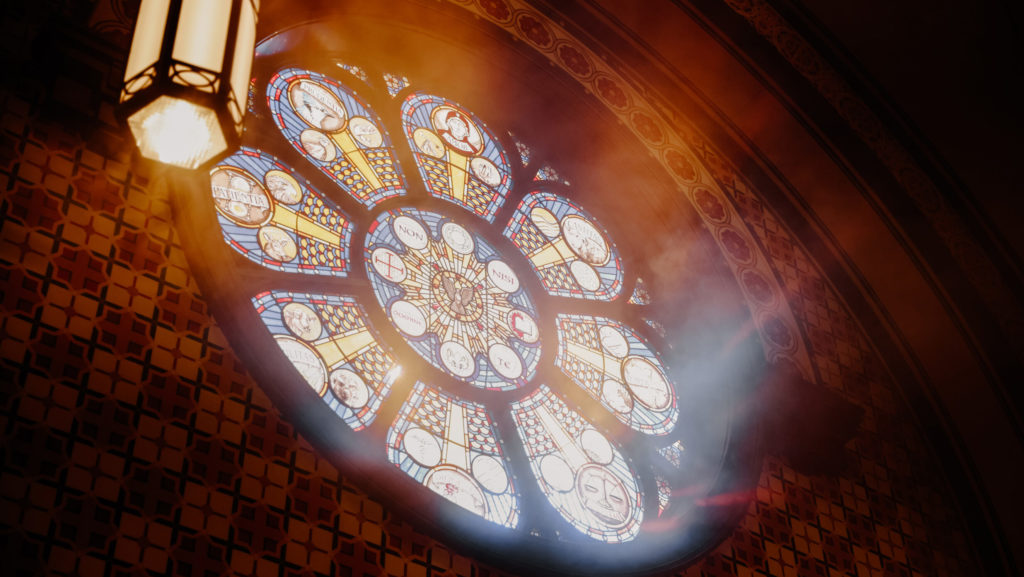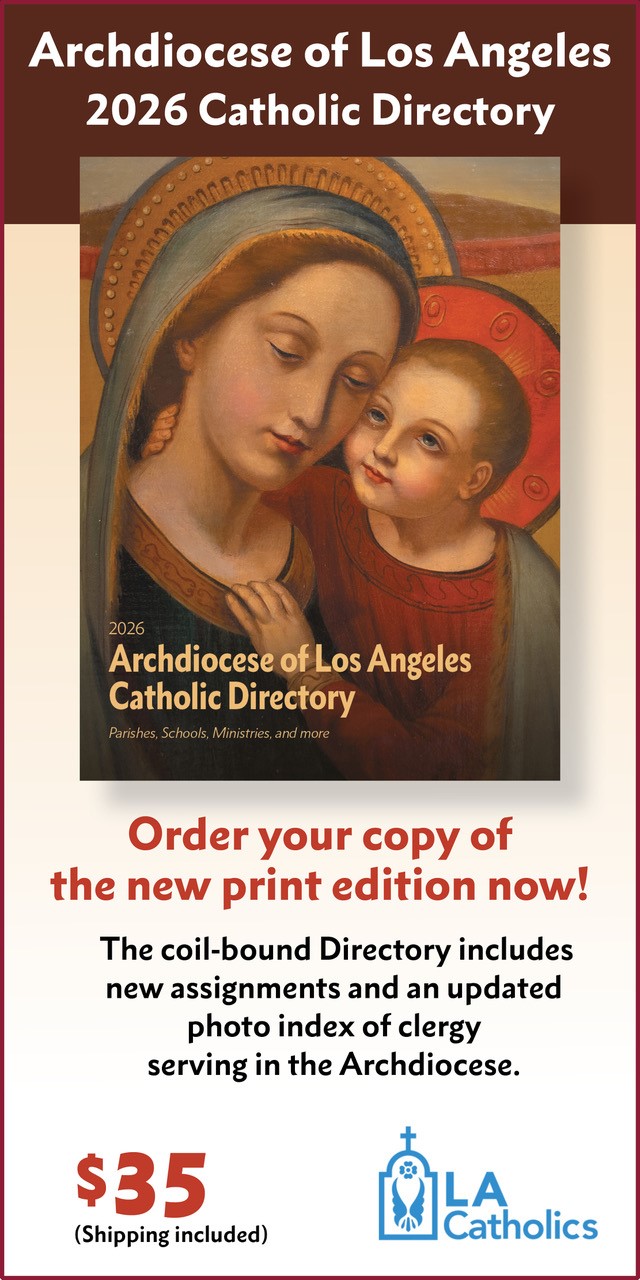One of the most satisfying moments in my two years as bishop of the Diocese of Winona-Rochester was the dedication and consecration of the gorgeous chapel in our new chancery office. In describing what happened that day, I am, of course, drawing attention to our particular chapel, but I also want to shed light on the nature of any Catholic church building.
The festivities commenced with a procession from the Lourdes High School chapel across the street. A large group of us walked solemnly to our destination, singing Psalms and hymns. In so doing, we were consciously imitating our distant forebears in the faith who made their way in a similar manner up to Jerusalem and the sacred temple. In point of fact, we were chanting some of the very same Psalms that those long-ago pilgrims would have sung. The purpose of the procession was to highlight that even our comparatively small chapel in Rochester, Minnesota, is intended to be a reiteration of the Jerusalem temple—which is to say, a privileged place of encounter between God and his people. I might even press the point and say that the ancient temple was seen as the very dwelling place of God on earth—and this is indeed the Catholic understanding of a church in which the Blessed Sacrament is reserved.
Once inside our chapel, we commenced to celebrate the Mass for the Dedication of a Church, which is one of the most complex and solemn liturgies in the Roman rite. Permit me to focus simply on the consecration of the altar. According to liturgical symbolism, the altar in a Catholic church represents Christ himself, and therefore, it is fitting that we baptize it, just as the Lord was baptized by John. So, I sprinkled our new altar liberally with holy water. And since Jesus was anointed before his burial, it is appropriate that we anoint the altar on which the sacrifice of the cross is re-presented. Thus, I daubed with sacred chrism the four corners and the center of the altar, and then, after carefully rolling up the sleeve of my alb, I smeared the oil all over the surface.
After these two gestures, a brazier filled with burning coals was introduced and placed on the baptized and anointed altar. I covered the coals with a copious amount of incense and then all of us, in the course of several minutes, watched as the sweet-smelling smoke filled the room. This remarkable incensation is meant to call two things to mind. First, according to the first book of Kings, after the priests dedicated the temple in Jerusalem, the place was filled with thick smoke, signaling the presence of the Lord. Second, throughout the centuries of its existence, smoke went up continually from the temple, as sacrifices were offered there around the clock. Jesus’ Crucifixion was appreciated as the summation of those offerings, the great and final holocaust by which God’s justice is re-established. So, the smoking brazier on our altar speaks of the sacrifice of the Mass that will be offered there in perpetuity. I would like to make a final observation in regard to the altar. At one point in the ceremony, ministers lifted the table and I silently inserted relics of three saints: Br. James Miller, a twentieth-century martyr from our own diocese; Mother Cabrini, the first American citizen to be canonized; and Thomas Aquinas, a great saint of the universal Church. This corresponds to an ancient practice whereby the saints who had joined their lives to the sacrifice of Christ are literally associated with the altar of sacrifice.
I would like also to draw attention to some particular features of our chancery office chapel. As many of you know, I am a great devotee of Rose Windows. So, I insisted that the chapel be marked by a beautiful rose, and my friend Matt McNicholas, a Catholic architect from Chicago, rose (so to speak) to the occasion. At the center of the design is the Holy Spirit, that power from which all life in our diocese flows, and surrounding the image of the Spirit are depictions of the virtues that I hope will mark all those who work in our headquarters: diligence, temperance, chastity, justice, love, etc. Accompanying the pictures of the virtues are wonderful representations of various expressions of nature in our diocese. Thus, we have a turkey, a pheasant, a trout, a bison, a snowflake (of course), and a river—not to mention the tornado that led to the formation of the Mayo Clinic. We also have renditions of a peace pipe (representing Pipestone at the furthest western extreme of our diocese) and Sugarloaf (standing for Winona in the eastern extreme). The idea is that all of these—flora, fauna, and artifacts—situated within the glory of the rose window, represent the elevation of our diocese into the glory of God’s kingdom.
And as your eye moves around the decoration of the chapel, you are struck by the intricacy of the stenciling and tracery on the walls and ceiling. This beautiful complexity is meant to stand for the harmonious coming together of all of the elements of creation when God’s work of redemption is complete. When one steps into a Catholic church, one is not so much stepping out of the world into heaven as stepping into “a new heavens and a new earth,” a transfigured and perfected creation.
Could I offer, in conclusion, a warm invitation to everyone in our diocese—and indeed beyond our diocese—to come to the chancery chapel. I believe that you will find your souls lifted up.

